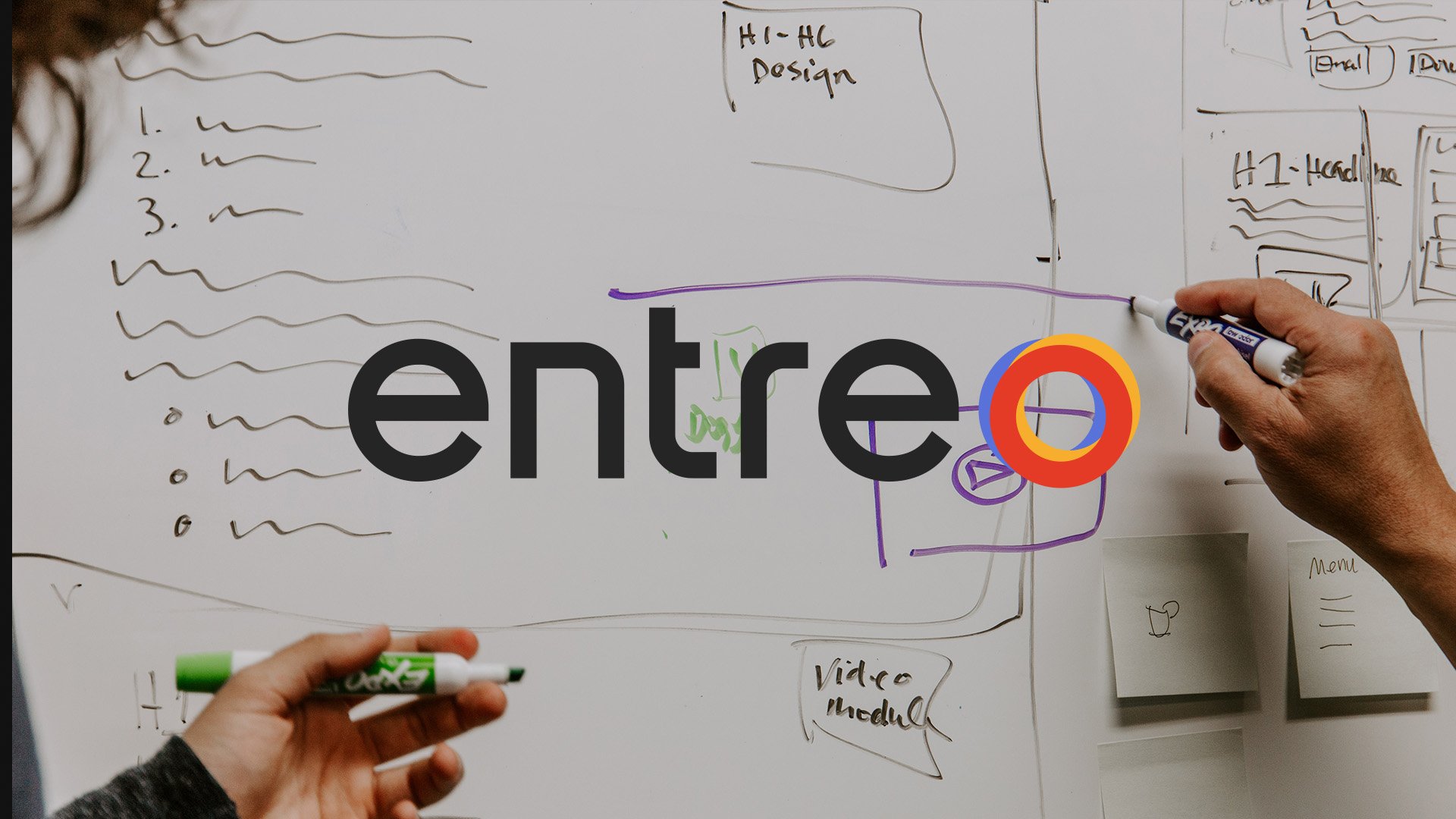Impact
Safety
Maintenance & innovation
Faster onboarding
Developers can add value faster when they are started on the team.
Faster migrations
Switching between technologies is faster and clearer.
About
Chances are you never think about it. You plug something in, it works. But behind that obviousness are people, data, and a network that has been growing with our society for 100 years.
Alliander, parent of Liander, one of our largest regional grid operators, is on the front lines of an increasingly complex challenge: growing demand, full grid congestion and a severe shortage of technicians to provide expansion.
WHAT YOU DON’T SEE, YOU CAN’T IMPROVE
Five years ago, the System Optimization Team built two smart data apps: Holonet (for medium voltage) and Holocube (for high voltage). These give grid architects better insight into where the friction is.
“Our grid architects determine where the power grid needs to be strengthened to cope with all energy demands in the future,” said Peter Bijl. Think: a new piece of grid, thicker cables, a new substation, or an additional transformer house. But given the acute shortage of capacity, the question is: Where do you invest first and with what solution?”
Applications must process data from a variety of sources. Such as systems that help make sense of the physical grid structure. But the applications must also take into account policies, maintenance plans and stakeholder input. All crucial for accurate insight into grid bottlenecks.
“The applications were functional, but it became increasingly difficult to keep them running, or to expand them,” Peter says.
FROM PROOF OF CONCEPT TO A MATURE BACKEND: A TECHNICAL GROWTH SPURT
Sometimes continuing to build on a good start is not enough. Then it’s time for a serious step forward. That was the case with Holonet and Holocube: two applications that once saw the light of day as Proof of Concept, but are now essential to the work of Alliander’s network architects. Only: the back end squeaked and creaked. What once “worked for a while” was increasingly crashing.
Alliander had a clear vision: make the software mature, more robust, maintainable, and easy to extend. But practice proved recalcitrant. The team needed help getting up to speed without undermining the system.
So Alliander brought in reinforcements from outside: a Back End/Cloud Engineer with deep knowledge and overview. And they found it at Team Rockstars IT.
The engineer went to work. Not with wild interventions, but with a surgical approach. First the fundamentals: the architecture was modernized, without killing existing functionality. The number of repositories went from 48 to 12, a major simplification that allowed the team to work much faster.
CI/CD pipelines were not only automated, but also logically separated. This made it easier to understand and easier to reverse errors. Found an error? Then you no longer have to wrestle through six pull requests. One change in the source code is now enough to get it right everywhere.
It didn’t stop there. A queue system was set up for lengthy processes. The new asynchronous, non-blocking architecture allows multiple users to work on the system simultaneously without slowing down or crashing.
Finally, the engineer replaced a mountain of custom code with a standard solution for orchestrating, databases ORM (Object Relational Mapping) and caching. This provides gains in speed, stability and future-proofing.
“The added value was not only in the technical solutions,” says Peter. “Your Rockstar made a plan and a new structure. He made it manageable again.” Applications continue to run and the backend has been professionalized.
NET ARCHITECTS KNOW WHERE TO INVEST FIRST
Network architects have less work to do to get an overview of the biggest bottlenecks, and they know how to make a difference. Peter Bijl: “You used to have an idea where the problem was. Thanks to Holonet and Holocube, you know exactly where it is, and how big it is. Including the origin: solar, wind, large consumer, you name it.”
Holonet and Holocube are now indispensable tools for net architects that are actively maintained by the System Optimization Team. Thanks to a clear technical vision and a more professional architecture, this goes with ease, and the applications can be further expanded.
The results speak volumes:
- Safer: Better matched software architecture to complexity.
- Maintenance & innovation: Critical applications in the work process of net architects are significantly easier to maintain and faster to extend.
- Faster onboarding: Developers can add value faster once they have started on the team.
- Faster migrations: Switching between technologies is faster and more manageable.
And the future? It beckons. Automatic grid design including costing: that’s not future music, but a realistic prospect.
“We are investing heavily in digitalization so that we can identify and resolve bottlenecks faster.”
Collaboration
Since the complexity has been greatly reduced and everything has become more manageable, the atmosphere is better. Developers have a grip and that gives peace of mind.
“Your Rockstar has technical vision, is flexible and thoughtful. He really surprised us. Not by working harder, but by looking smarter. By understanding where in the backend the bottlenecks were, and solving them.”
know more?
Please fill out the form below and a colleague will contact you as soon as possible.
Contact
"*" indicates required fields


